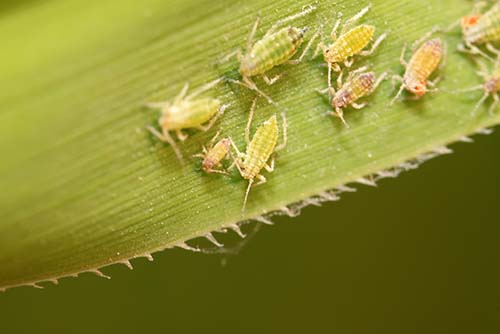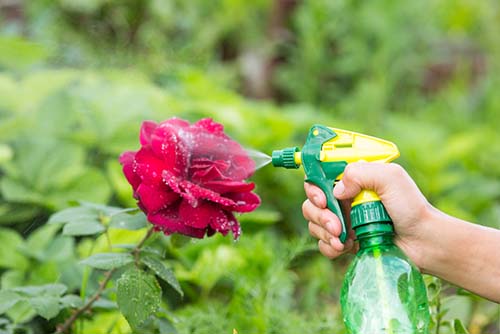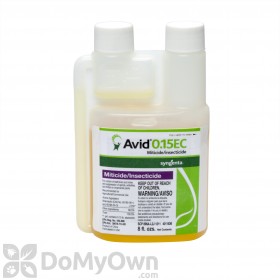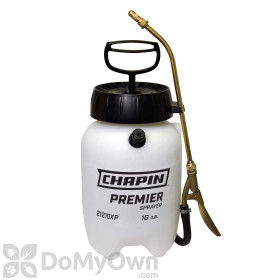
Aphids are small pests that can quickly multiply and damage plants, flowers, and gardens. The insects suck sap out of plants and leave behind "honeydew," a sticky, sugary secretion. This weakens the plants and makes them more susceptible to mold and fungi. Honeydew also attracts ants, which can cause even more problems in a garden.
Aphids can be hard to eradicate completely because they populate so quickly, but with due diligence you can control an infestation. Read our guide below to learn about the various aphid treatment options. Not sure where aphids are in your garden? Read our guide on where aphids hide to find out.
Use Water for Quick Control

To quickly get a handle on your aphid infestation, take a hose or sprayer full of water and spray down your plants. The spray will knock the aphids off the plants. The water will also remove honeydew from the plant.
Don't forget to spray the undersides of leaves as aphids like to hide there.
Spraying water is a temporary solution to quickly remove aphids from plants, but will not keep them off plants permanently. See steps 2-3 for other options.
Natural Predators

These are several insects and birds that eat aphids.
Both ladybugs and lacewings are natural predators to aphids that will not harm plants or vegetation. Adding ladybugs and lacewings to your garden will help to organically control the aphid population.
Release ladybugs and lacewings at night as they will naturally begin to search for food then, targeting the aphids sooner.
If you use insecticides in addition to natural predators, be sure the insecticides are not labeled to harm these beneficial insects.
Products needed for Step 2
Spray Insecticide

Spraying plants with an insecticide or insecticidal soap labeled for aphids will also help to control the aphid population in your yard.
Read the label of your selected product. If you need to mix the product with water, do so in a hand pump sprayer using the mixing rate on the label.
Then, spray the plant(s) directly. Be sure to concentrate on leaves (including their undersides) and all parts of the branches.
If you are spraying edibles, like fruits or vegetables, use insecticide soaps and neem oils on your plants. Read the label of the product for how long your must wait after applying to harvest and safely eat the edibles.
When treating aphids on non-edible plants, begin with a foliar insecticide labeled for aphids, such as Bifen IT. While applying your foliar insecticide or shortly after, apply a systemic insecticide, like Dominion 2L. The systemic insecticide has a long-lasting residual to keep aphids from returning but can take a few weeks to fully absorb within the plant. The foliar insecticide will begin to control the aphids while the systemic is spreading throughout the plant. Some systemic insecticides are applied by drenching the soil while others are sprayed directly onto the plant. Read the product label for application instructions.
Inspect your plants often for aphids or aphid damage and reapply as needed (read the product label for how often you can safely reapply).
Products needed for Step 3
Stop aphids from returning to your garden by reading our aphid prevention guide. Click the right arrow below to learn more.







